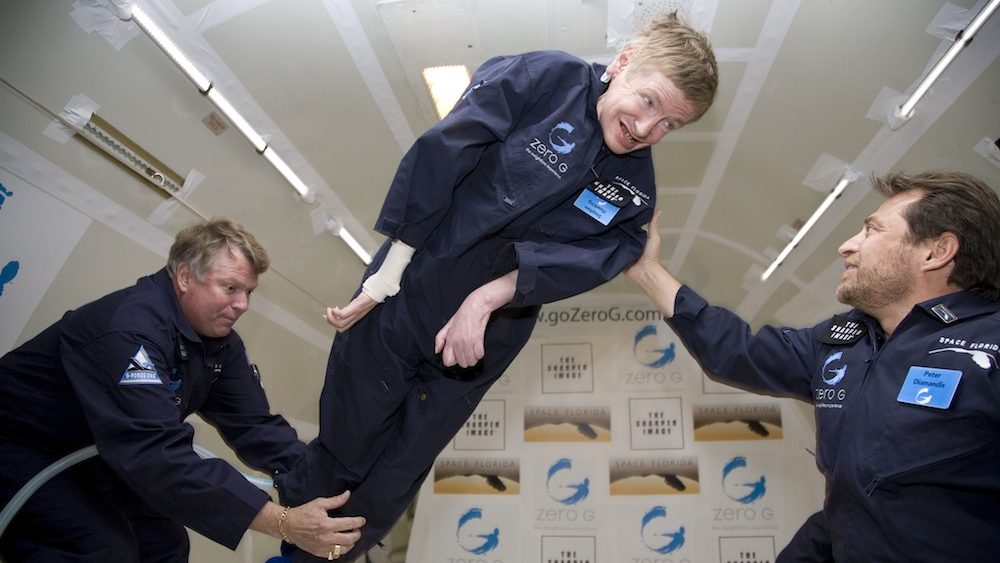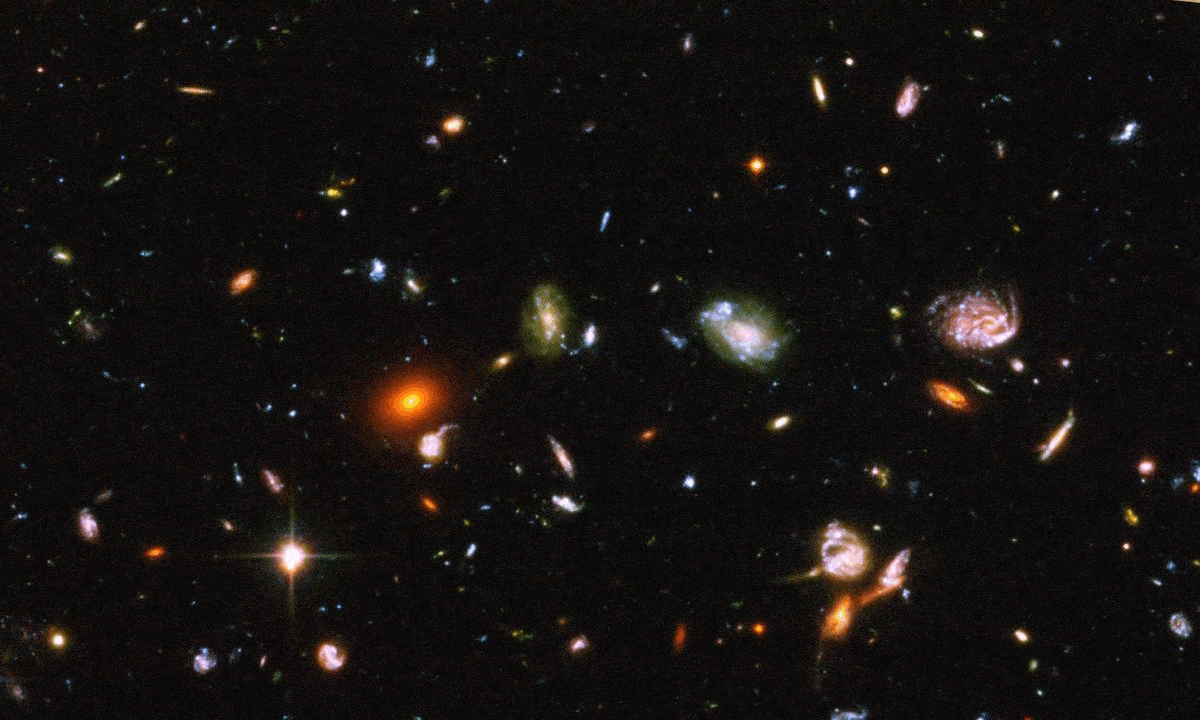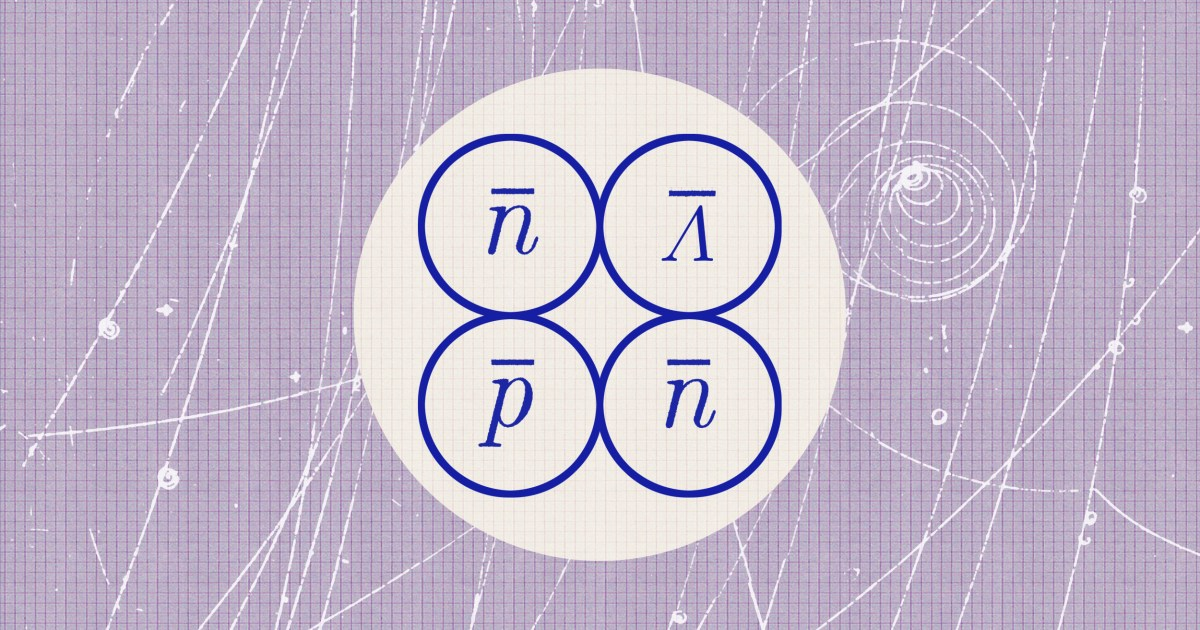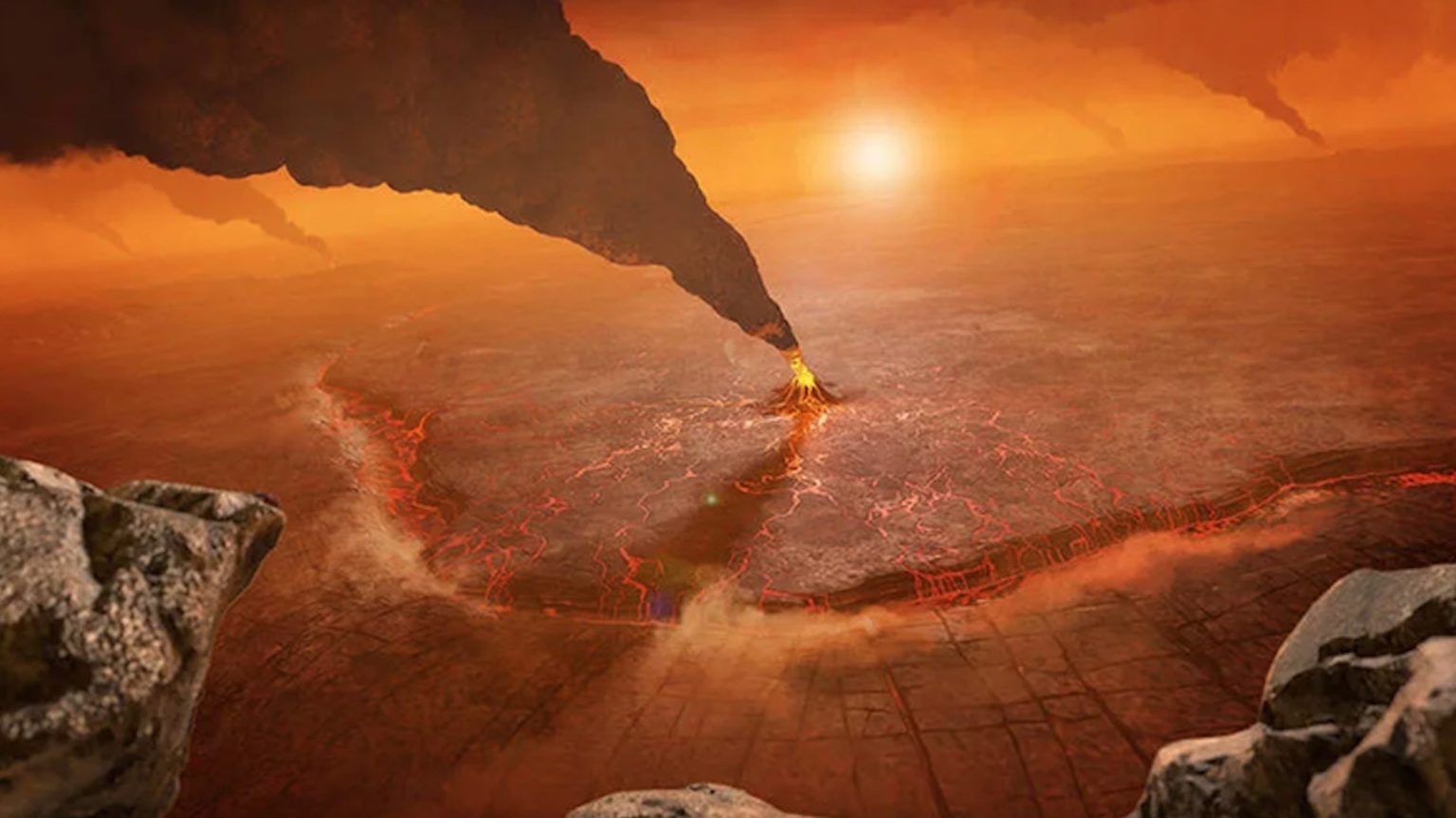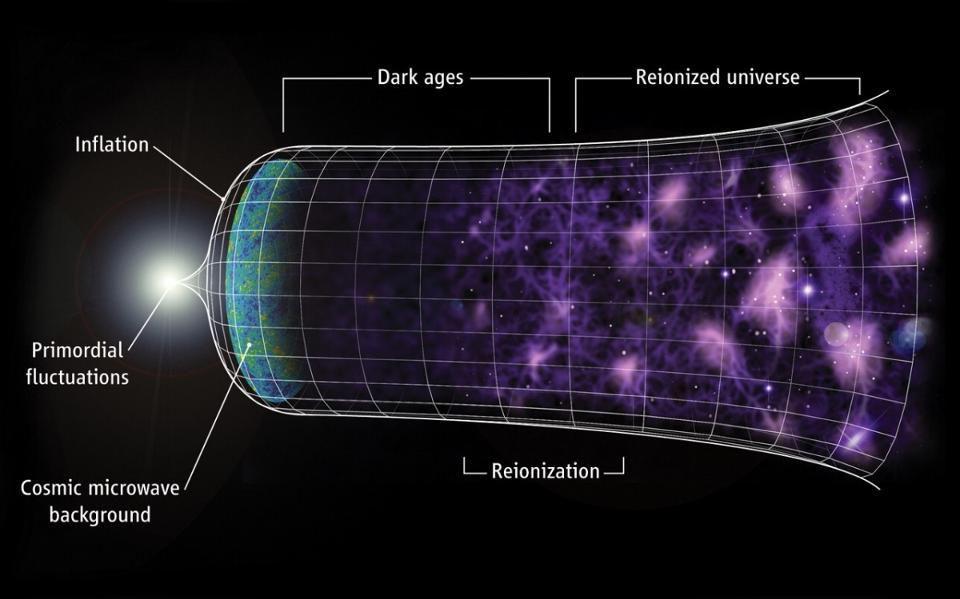Cosmic ‘spitballs’ released from Milky Way’s black hole
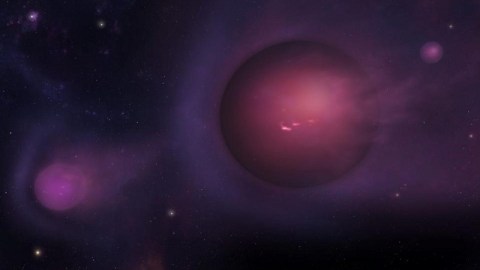
You’ve never seen a rogue planet like this.
“Other galaxies like Andromeda are shooting these ‘spitballs’ at us all the time.” –James Guillochon, coauthor on the new study
Black holes don’t just provide gravity, absorb incoming matter and prevent anything from escaping. They also gravitationally pull on and tear matter that passes nearby, including stars. In a surprising find, a new study out of Harvard shows that torn-apart stars aren’t merely reduced into gas, but they form dense streams that re-condense into planets in just year-long timescales. Moving rapidly away from the central black hole, these ‘cosmic spitballs’ represent a brand new population of rogue planets, and are potentially the most catastrophic objects from space careening through our galaxy.

When a massive object — a star, gas cloud, planet, asteroid, etc. — gets too close to a black hole, it will find itself ‘spaghettified’. The tidal forces from the black hole will pull any matter closer to its center more strongly than the matter that’s more distant, causing it to get stretched and compressed into a long, thin, spaghetti-like strand. Some of this material may then get devoured by the black hole, adding to its mass, while other material gets added to its accretion disk.

Most of the matter, however, will be accelerated by the gravitational and electromagnetic forces around the black hole, flinging it outwards at incredible velocities: up to speeds a few percent the speed of light. This ejected matter has been seen to cause flares, to emit light across the electromagnetic spectrum and to spur the emission of high-energy particles, at least temporarily. However, it isn’t just ripped-apart matter, in the form of gas and plasma, that gets ejected when a star is torn apart. According to a new study by lead author, Eden Girma, an undergraduate student at Harvard, planet-sized objects — cosmic spitballs — ought to be expelled as well.
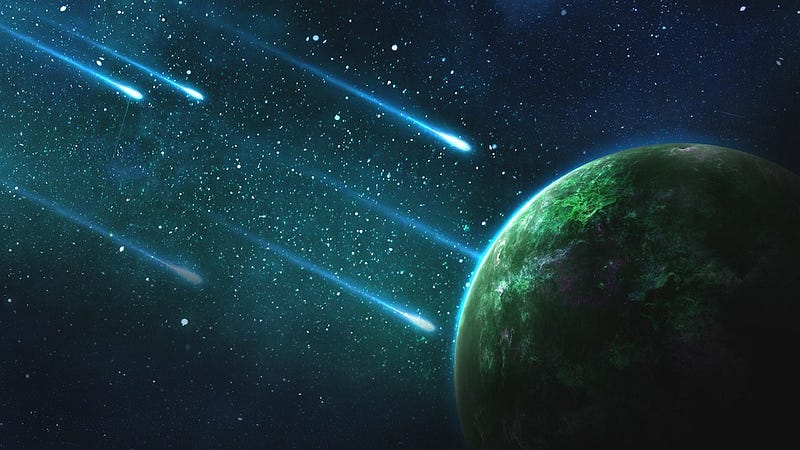
The gas doesn’t just get ripped apart and dissociate, but rather fragments ought to condense under their own gravity, according to numerical simulations, forming planet-like spitballs. At speeds of around 10,000 km/s (or 20 million mph), they could be some of the most catastrophic objects to potentially collide with an unlucky star or planet in their path. If not, they’ll head on their way into intergalactic space, since they’re well above the speed required to escape from the Milky Way. 95% of these fragments will be unbound, while only 5% will remain in our galaxy. We have detected rogue planets — planets without parent stars — before, but never before have we predicted that planets should be created from the torn-apart death throes of a devoured star.

“A single shredded star can form hundreds of these planet-mass objects,” says Girma. Unlike normal planets, which take many millions of years to form, this class of world will re-form from the torn-apart remains of a star in only about one year. “Only about one out of a thousand free-floating planets will be one of these second-generation oddballs,” Girma adds, as the vast majority of rogue planets will have formed along with stars in nebulae in the distant past.
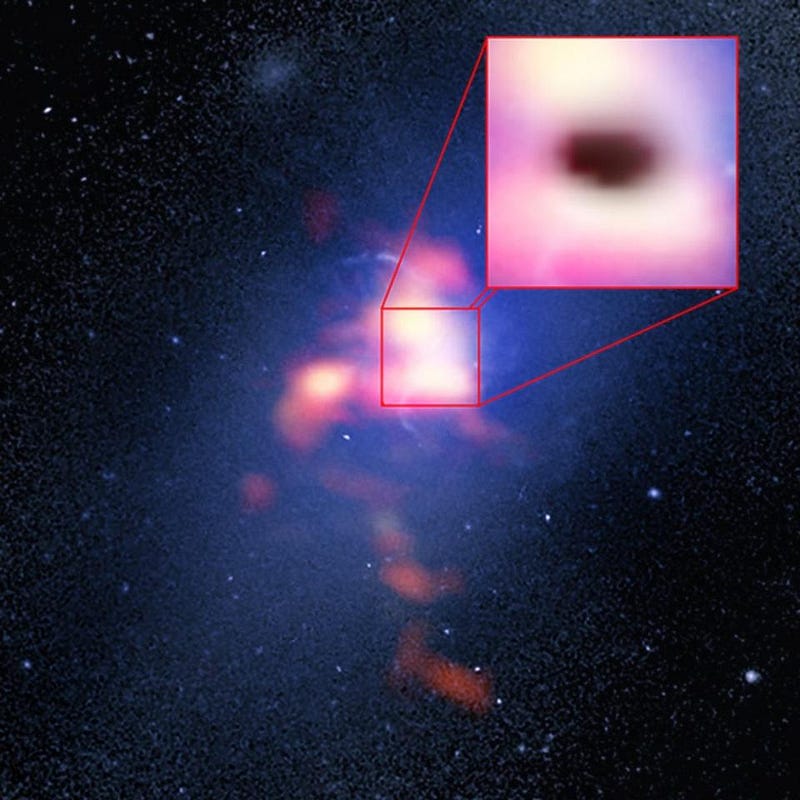
However, the speed and composition of these rogue planets — made up of shredded star-stuff — should provide them with unique markers. While it may take over a million years for one of these ‘cosmic spitballs’ to reach us from the Milky Way’s center, or over a hundred million years to reach us from Andromeda, they ought to exist in significant numbers. These Jupiter-mass fragments may someday be detected with next-generation infrared surveys, and would be the ultimate cosmic pinballs, destroying or catastrophically damaging anything in their path!
This post first appeared at Forbes, and is brought to you ad-free by our Patreon supporters. Comment on our forum, & buy our first book: Beyond The Galaxy!
